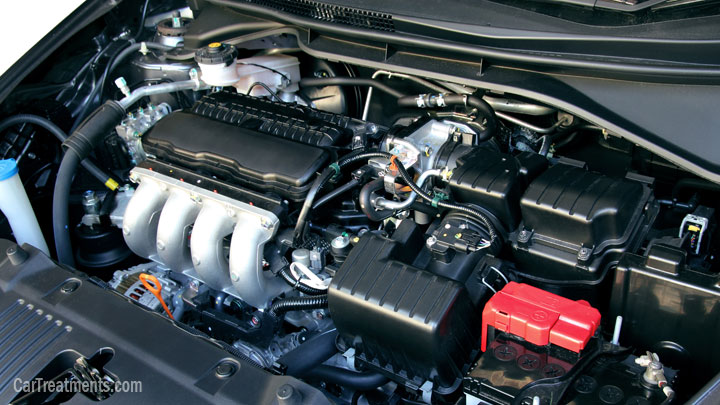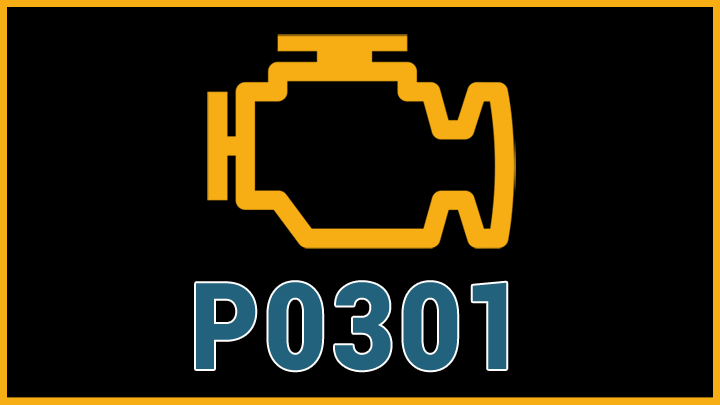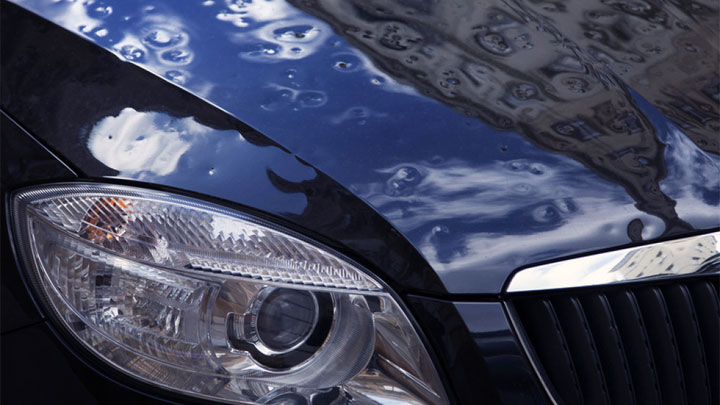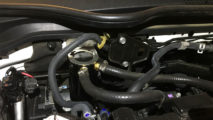Last Updated on November 30, 2022
For vehicle owners, few circumstances can be as aggravating as the sudden appearance of a check engine light across a car’s dash. In the minds of many, this signals an impending breakdown or otherwise cataclysmic event.
However, the illumination of a vehicle’s check engine light is seldom as dire as one might think, and can actually indicate nothing more than a minor issue that can be quickly and easily addressed.
Regardless, the root cause of a vehicle’s check engine light should be investigated promptly, as such a light indicates the storage of an underlying diagnostic trouble code. Of these codes, few are as common as those within the P0300 series.
Read on to learn more about P0300 series diagnostic trouble codes, including code P0301. That which follows will explain the meaning behind such codes, and assist you in remedying an issue of this nature, should it arise.
What Does Code P0301 Mean?
Quite simply, this means that your vehicle’s PCM (powertrain control module) has detected a misfire from your engine’s first cylinder, as listed numerically. This indicates that the cylinder in question has experienced incomplete combustion on one or more occasions.
A misfire can result from either a lack of fuel or a lack of spark. On rare occasions, repetitive misfiring can come as the result of inadequate compression. In any event, further diagnosis will be necessary to uncover the root cause of a cylinder misfire.
See Also: P0302, P0303, P0304, P0305, P0306, P0307, P0308
Symptoms of Code P0301
Numerous symptoms can be associated with a P0301 diagnostic trouble code. In many cases, these symptoms can differ on a case by case basis, depending upon their root cause. However, the following are several of the most common symptoms associated with code P0301.
- Hard start/no start condition
- Rough or erratic idle
- Hesitation or stuttering under load
- Loss of power
- Increased fuel consumption
- Occasional stalling, especially at idle
Related: 6 Common Symptoms of an Engine Misfire
Causes of Code P0301

The list of potential causes for a P0301 code is rather lengthy, yet are almost all rooted in a lack of spark, fuel, or proper compression. However, certain sensor and emissions equipment-related failures can also give rise to a P0301 trouble code.
The following are some of the most common causes of code P0301.
- Faulty #1 spark plug
- Failing #1 spark plug wire
- Inoperable #1 coil pack
- Cracked or damaged distributor cap
- Excessive rotor button wear
- Dirty, clogged, or faulty #1 fuel injector
- Low compression on #1 cylinder
- Burnt or damaged valves
- Leaking head gasket
- Vacuum leaks
- Faulty EGR valve or clogged EGR passages
- Faulty engine speed sensors (crankshaft/camshaft)
- Clogged catalytic converter
- Defective powertrain control module (PCM)
Is Code P0301 Serious?
Any applicable misfire code should be addressed at the first available opportunity. A code of this nature indicates that your engine is operating at less than full capacity, and is experiencing difficulty achieving complete combustion on the affected cylinder.
In many cases, the underlying issue behind this condition can be corrected in a relatively straightforward manner. However, unaddressed misfire related issues can give rise to additional problems at a later date.
One of the most common issues related to an inattentiveness toward misfire related codes is that which surrounds premature catalytic converter failure. Unburnt fuel, such as that sent downstream by incomplete combustion, tends to superheat a catalytic converter, thereby leading to imminent failure.
How to Fix P0301

The following steps can be followed to diagnose and repair P0301 related issues.
#1 – Inspect Ignition System Components
Ignition system component failure is by far the leading cause of a P0301 trouble code. Therefore, all components of this nature should be visually inspected carefully.
Begin by inspecting the #1 spark plug, and checking its corresponding gap measurements. Next, check the #1 spark plug wire for damage and signs of chafing.
If your engine is of a coil-on-plug design, inspect the #1 coil pack for damage and signs of arcing, It is also helpful to check beneath your distributor’s cap for signs of water intrusion and excessive rotor wear (if applicable).
#2 – Check For Spark
If no ignition system defects have become obvious during a visual inspection, an inline spark plug tester can be used to verify that the proper spark is being delivered to the affected cylinder.
#3 – Verify Injector Operation
If no issues have been detected during steps #1 and #2, it is now time to verify that the fuel injector for the affected cylinder is dosing as intended. This can be done with the use of a bi-directional scan tool while a vehicle’s ignition is in the “on” position.
While monitoring pressure at the engine’s fuel rail via a scan tool, actuate the #1 injector. Note any momentary drop in fuel pressure.
Next, repeat this process for each of the engine’s remaining cylinders. Fuel pressure drop at the time of injection should be nearly identical for each individual injector.
If this drop was not observed during the actuation of the engine’s #1 injector, further testing of the injector harness is advised to rule out underlying electrical issues.
#4 – Check and Diagnose Additional Codes
If your vehicle’s P0301 code persists, look to ensure that no other active sensor-related fault codes have been stored. If such codes are noticed, you should diagnose each, in a bid to repair any additional underlying issues that could limit cylinder #1’s combustion efficiency.
It is also advisable to study your engine’s live streaming data, to rule out the presence of a sensor related fault.
#5 – Check Compression
In the event that your vehicle’s P0301 code remains, a compression test is in order. It is necessary to test not only the affected cylinder but all remaining cylinders as well. This provides you with baseline figures for comparison.
If cylinder #1’s compression is deemed acceptable, and all other tests have revealed no issues, then your vehicle’s PCM is suspect. While such a failure is rare, issues of this nature do arise from time to time.
Consult factory specific service literature from your vehicle’s manufacturer for final diagnosis.



